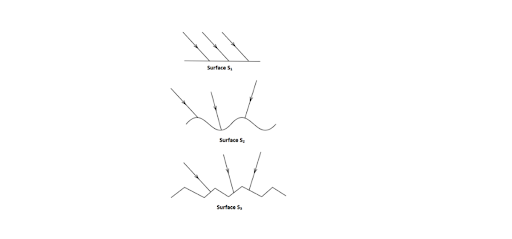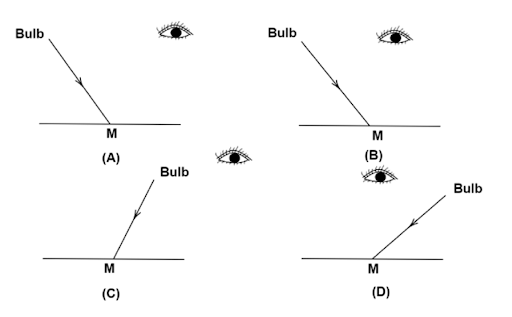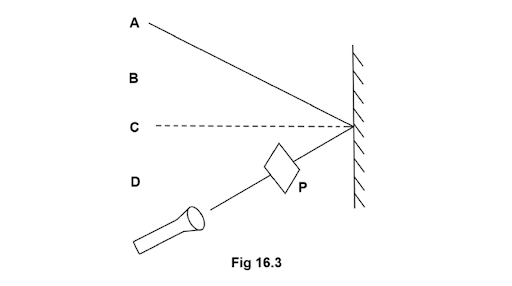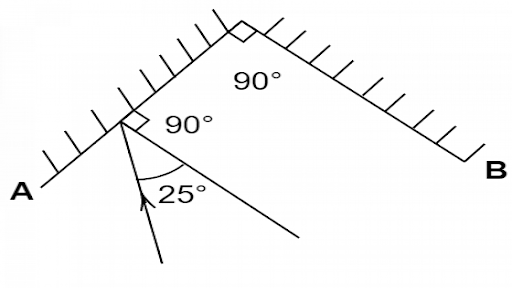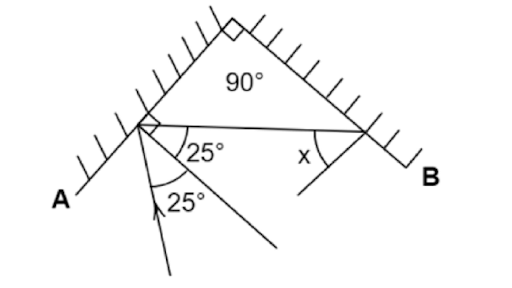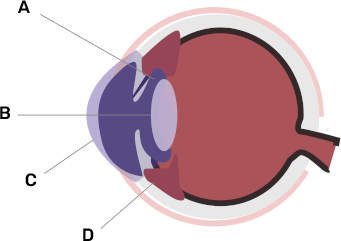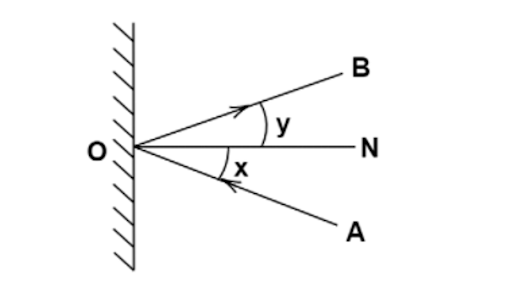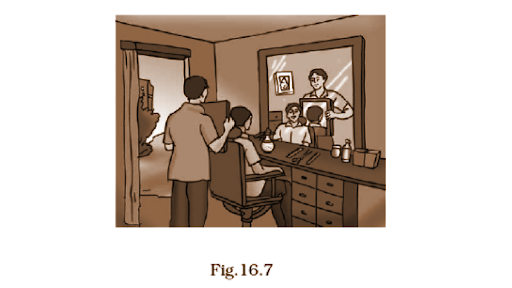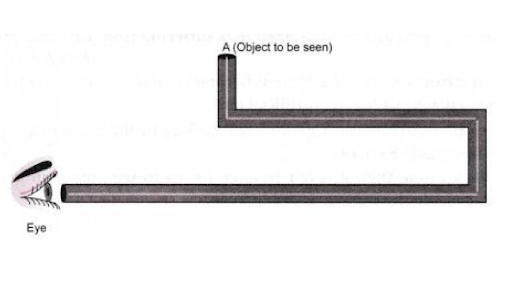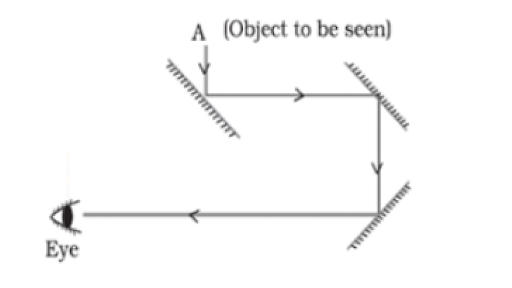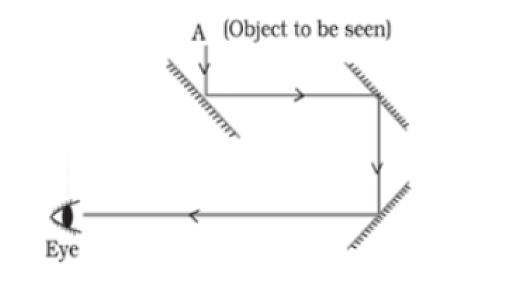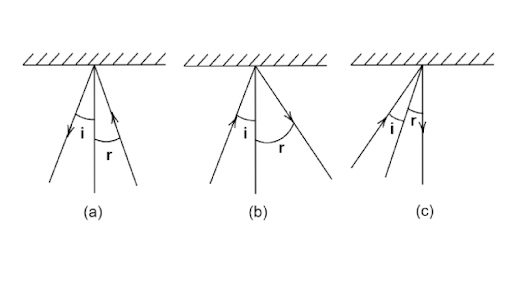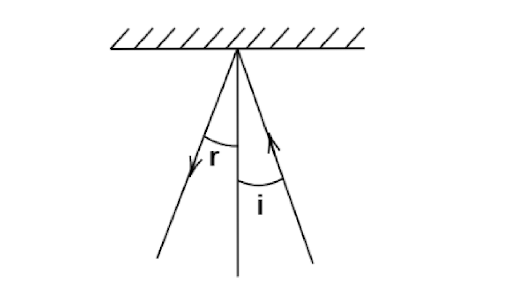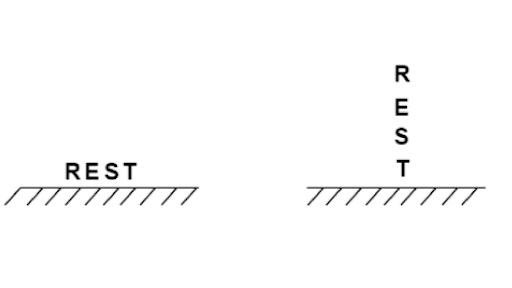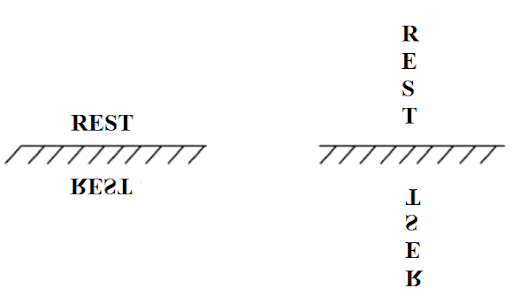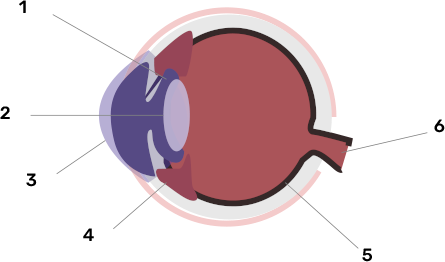Class 8 Science NCERT Exemplar Solutions Chapter 16 Light
FAQs on NCERT Exemplar for Class 8 Science Solutions Chapter 16 Light
1. What role does reflection play in the creation of a kaleidoscope? In NCERT Exemplar Class 8 Science Solutions Chapter 16 Light, what are the applications of a kaleidoscope?
The kaleidoscope creates a variety of images by reflecting light from mirrors that are angled in different directions. Kaleidoscopes are used by designers and artists to come up with unique patterns for wallpapers, jewellery, and fabrics. The NCERT Exemplar Solutions for Class 8 Science Chapter 16 curated by the specialists at Vedantu briefly explains these ideas. The answers provided on Vedantu are prepared by the top subject professionals and explained in clear language to make studying easy for the pupils.
2. Is it sufficient to prepare for the examinations with the NCERT Exemplar Class 8 Science Solutions Chapter 16 Light?
The team at Vedantu created the NCERT Exemplar Class 8 Science Solutions Chapter 16 Light to enable students to crack the examination without anxiety. To boost students ’ confidence, the key principles are given in the most methodical manner possible. NCERT Exemplar Class 8 Science Solutions Chapter 16 Light address every little detail to assist pupils with their examination preparation. The answers are available in both online and offline formats, allowing students to use them according to their needs.
3. Why should you use NCERT Exemplar Class 8 Science Solutions Chapter 16 Light?
The basic characteristics of light, such as reflection and refraction, are discussed in NCERT Exemplar Class 8 Science Solutions Chapter 16 Light. Our extremely competent physics faculty staff created and evaluated these NCERT Exemplar Class 8 Science Solutions Chapter 16 Light, emphasising the solutions' authenticity and comprehensive quality. These NCERT Exemplar Class 8 Science Solutions Chapter 16 Light help students take a step further as they explore the Fundamentals of Physics and, as a result, build a firm foundation in light reflection and refraction principles. The NCERT example Class 10 science solutions Chapter 10 are written to fit the CBSE Class 10 Science curriculum.
4. What are the features of NCERT Exemplar Class 8 Science Solutions Chapter 16 Light?
NCERT Exemplar Class 8 Science Solutions Chapter 16 Light provides a fundamental grasp of light, a narrow spectrum of electromagnetic waves. Human development is heavily influenced by the phenomenon of vision. For pupils interested in studying Physics, light reflection and refraction is important and fundamental building component. While reviewing NCERT Exemplar Class 8 Science Solutions Chapter 16 Light in an offline mode, learners could use NCERT Exemplar Class 8 Science Solutions Chapter 16 Light 10 pdf download to keep the answers accessible in their hands instantly.
5. What are the main key themes covered in the NCERT Exemplar Class 8 Science Solutions Chapter 16 Light?
The understanding of the following key themes is covered in the NCERT Exemplar Class 8 Science Solutions Chapter 16 Light:
Reflection and refraction, the two different phenomena.
Snell's law governs the bending of light called refraction, which is discussed in NCERT Exemplar Class 10 science solutions chapter 10.
Optical equipment such as lenses and mirrors come in a variety of shapes and sizes.
Understanding the distinction between an actual and a virtual image and the sort of image that is created.
















